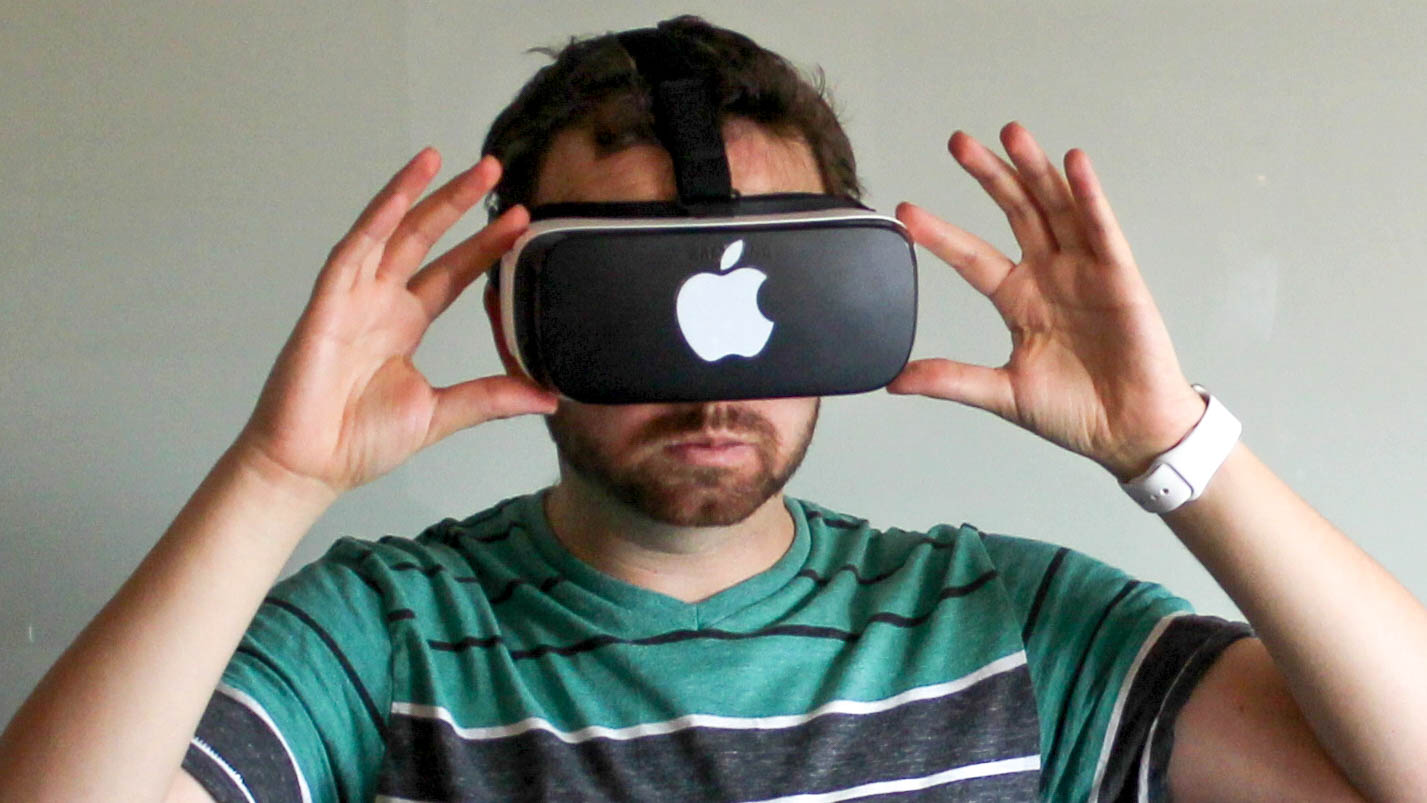Apple's AR/VR headset tipped to use iris scanning for authentication

To date, Apple has stayed very tight-lipped about its upcoming AR/VR headset, but the leaks continue to appear online – including a new one about the device using iris scanning to authenticate the identity of users.
This comes via The Information, which says that by having their eyes scanned, users will be able to verify payments and sign into various digital accounts (much like you might use Face ID or Touch ID on an iPhone).
Of course typing out a password in a virtual reality helmet isn't particularly easy, so it makes sense that technology like this would be deployed. It also means it will be straightforward for different people to use the same headset.
Tracking and materials
This isn't the first time that this particular rumor has popped up, by the way – and it's worth bearing in mind that Apple acquired a company that specialized in eye tracking technology all the way back in 2017.
Other tidbits from the article: the headset is going to offer full body tracking by pointing some of its cameras at your legs, and it will be lighter than the recently unveiled Meta Quest Pro, which tips the scales at 722 grams.
Finally, the device is said to be made up of a combination of fabric, aluminium and glass, for a premium feel – exactly what you would expect from Apple. Most rumors are pointing towards a 2023 release for whatever it is that Apple is building.
Analysis: what we know so far
Nothing is official yet – as you would expect from Apple – but it now seems very likely that Apple is working on a headset that combines virtual reality and augmented reality into one device ("mixed reality" is a term that some people use in this case).
Sign up for breaking news, reviews, opinion, top tech deals, and more.
It's thought that this device is separate from the more lightweight Apple Glasses, which are rumored to be focused on augmented reality. At this stage, it looks as though this product is even further out than 2023, though it's hard to know for sure.
We think the unit will be powered by an Apple-made chipset – possibly the M2 – and it's said to hold two 8K displays inside. At least a dozen cameras are said to be fitted to the headset to track whereabouts you are in a room.
The predicted cost of all this is expected to be $3,000 / £2,685 / AU$ 4,835, and as we mentioned it's thought to be launching in 2023. You can expect the usual abundance of hype in the promotional materials that Apple puts together for the headset.

Dave is a freelance tech journalist who has been writing about gadgets, apps and the web for more than two decades. Based out of Stockport, England, on TechRadar you'll find him covering news, features and reviews, particularly for phones, tablets and wearables. Working to ensure our breaking news coverage is the best in the business over weekends, David also has bylines at Gizmodo, T3, PopSci and a few other places besides, as well as being many years editing the likes of PC Explorer and The Hardware Handbook.